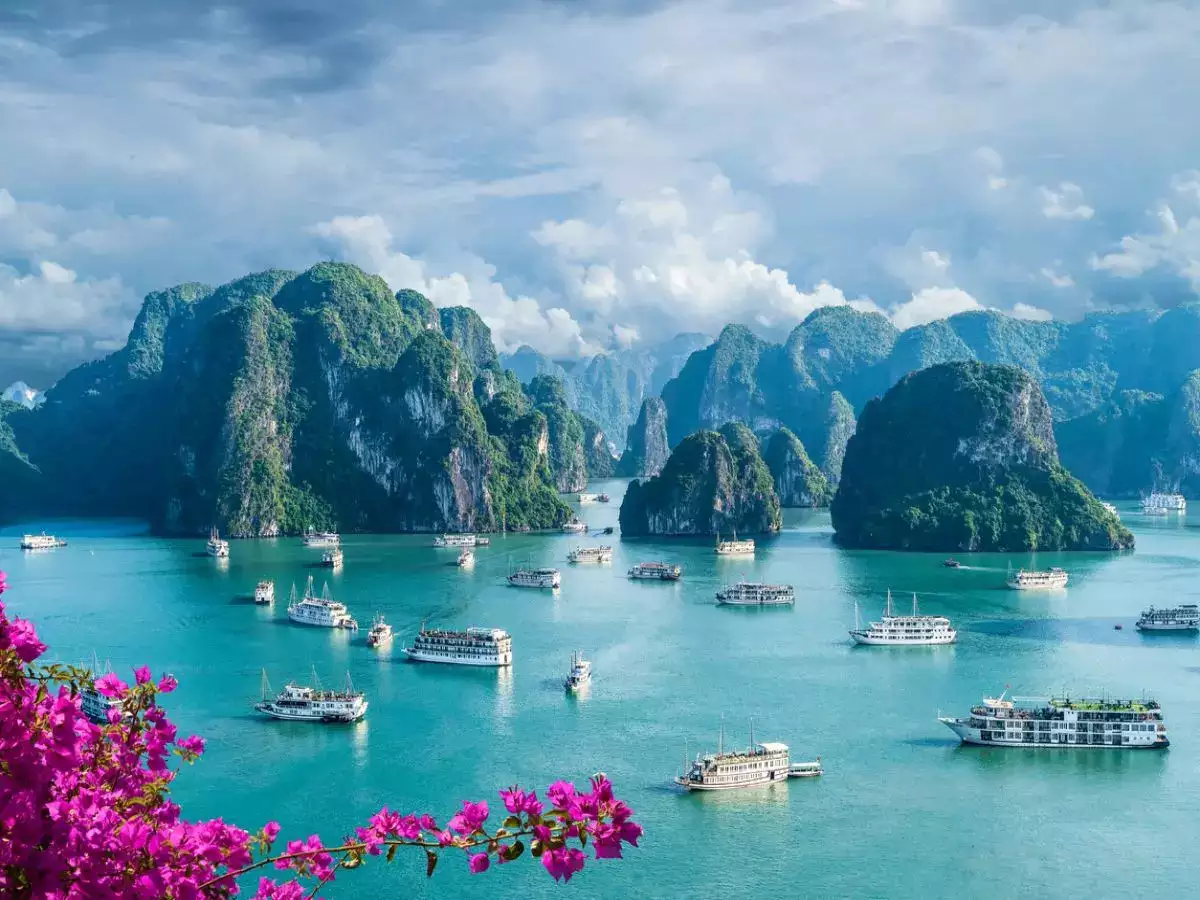How to Photograph Vietnam Like a Pro: Tips for Travelers

Exploring Vietnam offers an experience filled with diverse landscapes, bustling cities, and rich culture, making it a dream for photography enthusiasts. From the vibrant streets of Hanoi to the serene rice terraces in Sapa, Vietnam presents countless opportunities for capturing breathtaking photos. Understanding how to photograph this beautiful country effectively can enhance any traveler's journey and ensure stunning images.
Utilize an eSIM for On-the-Go Access.
Connectivity while traveling enhances the photography experience by providing access to essential tools and resources. Using an eSIM for Vietnam allows travelers to stay connected without worrying about finding a Wi-Fi spot or switching SIM cards. This seamless connection makes it easier to use photography apps, access maps for scouting locations, and upload images to cloud storage, ensuring that photos are safe and organized.
Online access also lets travelers instantly share images on social media or photography platforms. This immediate interaction can provide feedback and inspiration while the trip is still ongoing, encouraging new approaches and techniques. An eSIM also helps navigate remote areas with real-time GPS, making it easier to find less crowded spots for one-of-a-kind photos.
Plan the Best Times for Photography
Optimal lighting is critical to taking great photos, and Vietnam's unique geography provides excellent opportunities for sunrise and sunset shots. To make the most out of any trip, scheduling photography sessions during these golden hours can transform images from average to spectacular. The warm tones during these times create natural highlights and shadows that add depth to landscapes, street scenes, and portraits.
Photographers often find that the early morning hours provide soft lighting and a chance to capture daily life as it unfolds. Markets come alive, fishermen set out on boats, and farmers work in the fields. Similarly, sunsets illuminate the famous limestone karsts of Ha Long Bay, providing a magical backdrop that needs little post-editing. Keeping an eye on weather patterns can also be beneficial, as misty mornings in mountainous areas offer an ethereal quality perfect for unique shots.
Embrace the Culture in Every Shot
Capturing the essence of Vietnam goes beyond landscapes. The country's vibrant culture, seen in its food, festivals, and everyday activities, provides rich content for photography. Including people in photos can bring a story to life, offering an authentic portrayal of life in Vietnam. Whether it's a vendor selling street food, children playing in alleys, or monks walking through temples, these moments highlight the nation's spirit.
Respect is essential when photographing people. Even with nonverbal gestures, asking for permission can build trust and lead to more genuine expressions. Taking the time to engage and understand cultural nuances can also lead to opportunities where locals are more open to being photographed, allowing for more candid and powerful images.
Master Composition Techniques
Applying photography composition techniques can elevate the quality of photos significantly. The rule of thirds, leading lines, and framing are popular methods that can be employed to create balanced and engaging images. Vietnam's streets, nature, and architecture lend themselves well to these techniques, making it easier for travelers to experiment and refine their skills.
For example, the rule of thirds can be used when photographing the Ho Chi Minh Mausoleum or the Dragon Bridge in Da Nang, positioning the main subject off-center for a more dynamic shot. Leading lines are excellent for capturing the long pathways in rice terraces or railway tracks cutting through local neighborhoods. Framing, such as shooting through an archway in an ancient temple or the branches of a tree, can give photos a sense of depth and focus.
Capture Iconic Locations and Hidden Gems
Vietnam has iconic spots that every photographer should consider capturing. Ha Long Bay, with its emerald waters and towering limestone formations, is a must for any travel album. Hanoi's Old Quarter provides a mix of traditional and modern city life, with narrow streets, motorbikes, and food stalls at every turn. The ancient town of Hoi An, famous for its well-preserved architecture and colorful lanterns, becomes incredibly photogenic at night.
For those seeking lesser-known locations, exploring tiny villages and less-touristy beaches can yield unique photos that showcase the quieter side of Vietnam. Areas like Phong Nha-Ke Bang National Park offer spectacular caves and jungle trails, perfect for adventurers who enjoy nature photography. Sapa's rice terraces are also a great spot for landscape shots, especially during planting or harvest seasons with the most vibrant colors.
Vietnam's rich culture, stunning landscapes, and welcoming people make it an ideal destination for photography enthusiasts. By considering the best times for photography, embracing cultural elements, using proper composition, and leveraging tools like eSIMs, travelers can make the most of their journey and capture memories that last a lifetime. With a mix of well-known and hidden locations, any photography enthusiast can find endless inspiration across this fascinating country.






